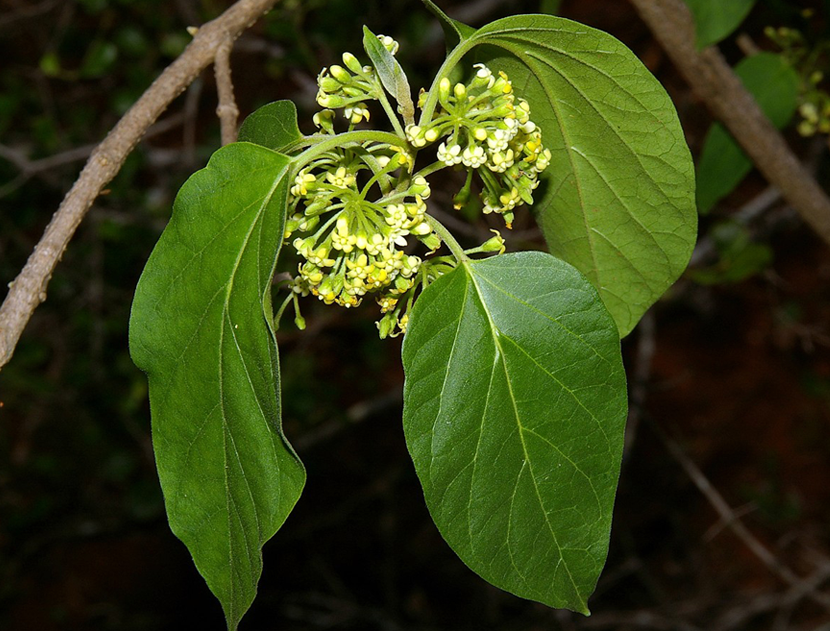"Unveiling the Healing Powers of Condurango: A Natural Remedy for Digestive Disorders and More"

Condurango is a tropical woody vine that can be found in the high mountain jungles and cloud forests between 2,000 and 3,000 m in elevation. It is indigenous to the lower slopes of the Andes in Peru, Ecuador and Colombia. It grows about 30 feet long and produces velvety heart-shaped leaves and small funnel-shaped greenish brown flowers. The vine grows to about 2 feet in diameter and is quite woody and sturdy. Condurango gets its local name, condor vine or eagle vine, from the large and weighty condor eagles that often use this sturdy vine as roosts and perches.
Tribal and Herbal Medicine Uses
Condurango has long been used for a variety of digestive and stomach problems by the local people where this tropical vine grows. It aids digestion by being a bitter stimulant to increase digestive juices. It is also used to relieve nausea and vomiting, to calm nervous stomachs, to relieve stomach pain and cramps, for gastric ulcers, and to increase bile in the gallbladder, liver and pancreas.
Condurango was first introduced into the United States in 1871 in an official manner; it was given to the State Department in Washington by the Minister of Ecuador with official certificates from Ecuadorian doctors attesting to its ability to treat stomach cancer and syphilis. While it was never really proven effective for cancer during those early years, it became a trusted remedy for digestive disorders in the late 1800s and early 1900s and was included in the U.S. Pharmacopeia as well as several other European pharmacopeias.
Scientific Name: Marsdenia cundurango, Rchb.
Other Names: Eagle Vine, Condurangu, Condor vine, Gonolobus Condurango, Kondurango, Mata peroo Family: Asclepiadaceae
Not to be Confused With: Asclepias umbellata or Elcomarrhiza amylacea
Habitat: Native of the Andes Mountains in South America and especially in Ecuador and Peru.
Medicinal Parts
The medicinal part is the dried bark of the branches and trunks.

